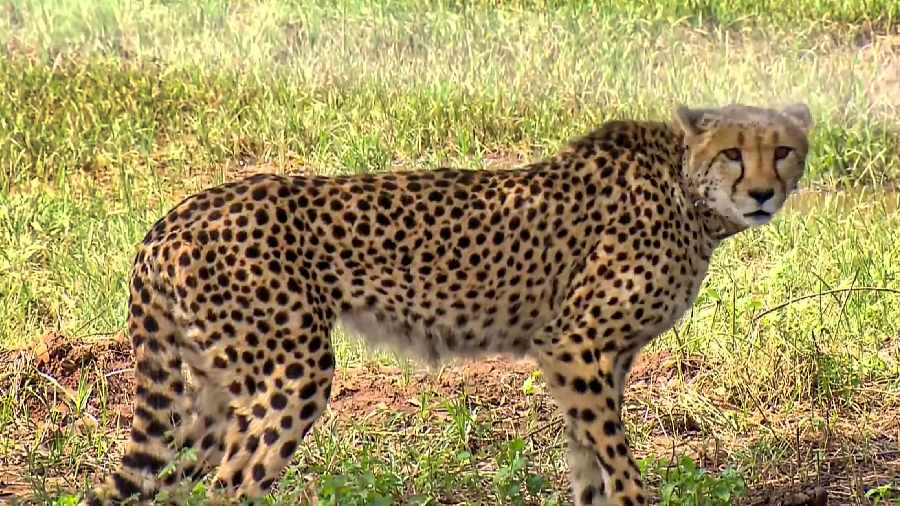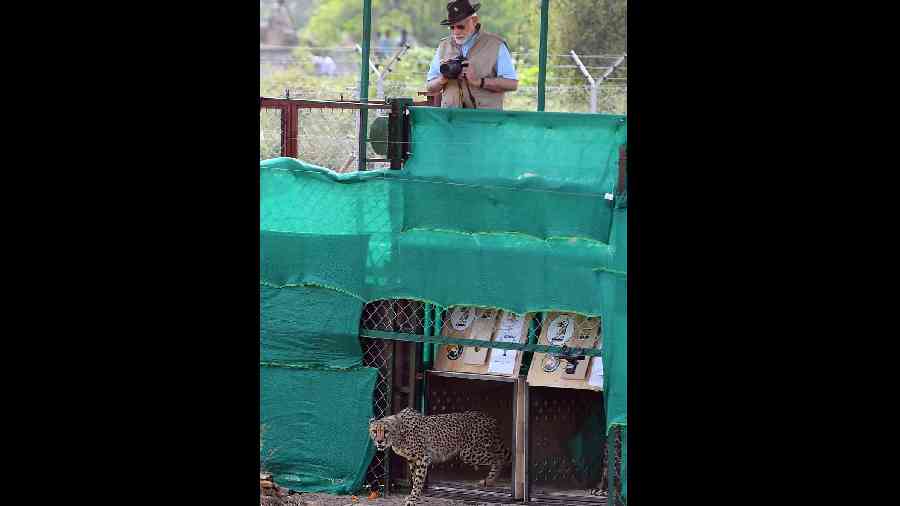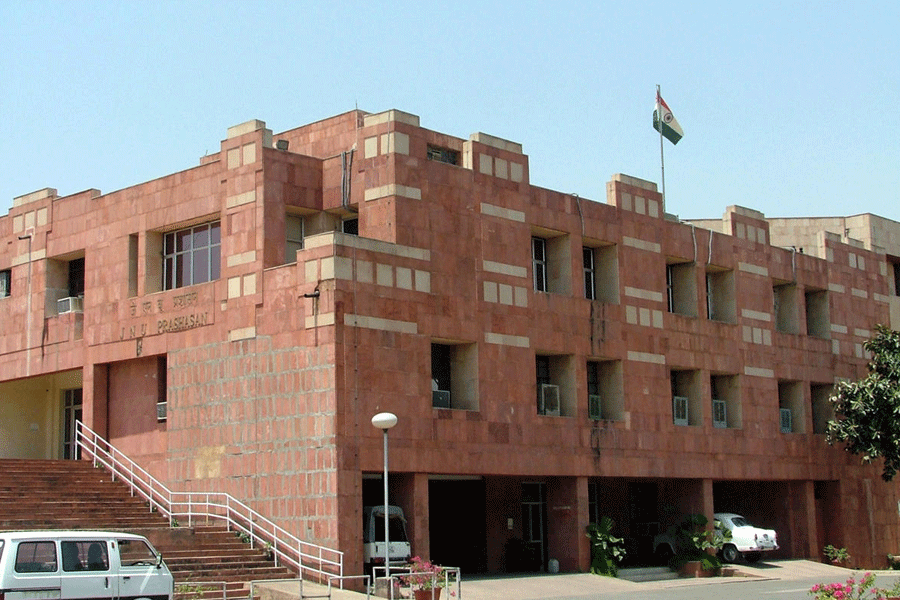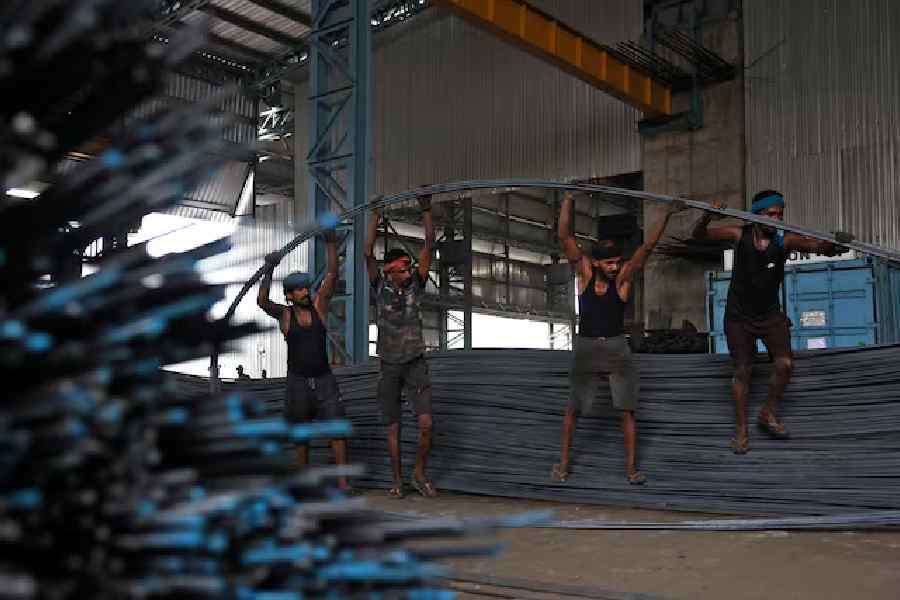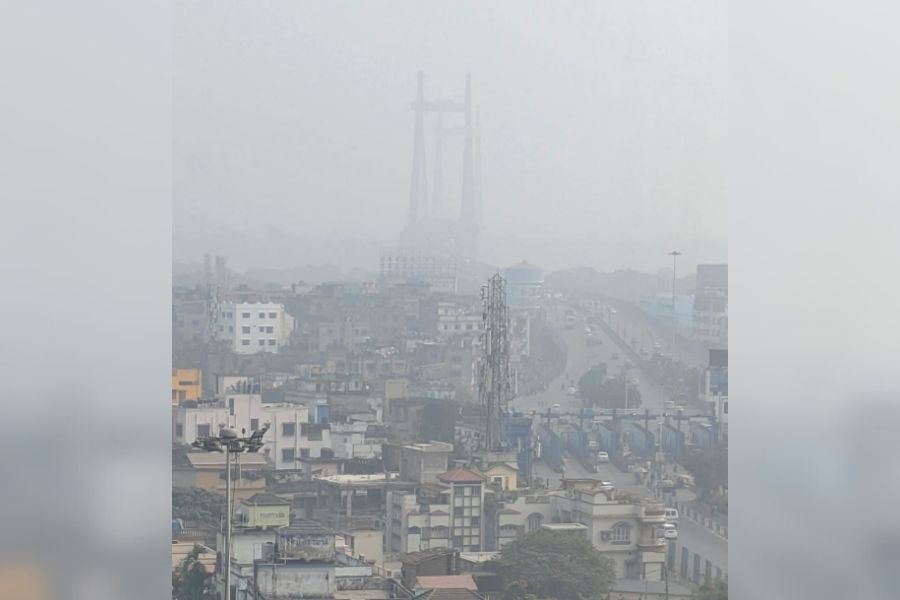Scientists have expressed concern that the Union environment ministry has not yet approved a site for cheetahs in the Mukundara Hills tiger reserve in Rajasthan.
Mukundara is a candidate second site for the introduction of cheetahs to India, after the Kuno National Park in Madhya Pradesh. Scientists say a second site is critical to the success of the project.
The inaction on Mukundara has fuelled speculation whether political considerations might jeopardise the project — the first intercontinental translocation of a large carnivore — which seeks to establish breeding cheetah populations in the country.
It has bolstered the suspicion aired by Bharat Singh, a Congress MLA in Rajasthan, that the Centre is going slow on Mukundara because it is in a Congress-ruled state, said a scientist familiar with the project who asked not to be named.
The Rajasthan government had last year agreed to host cheetahs in Mukundara, a landscape with dry deciduous trees and grasslands but no tigers.
However, the Union environment ministry has neither given permission nor granted funds for preparatory activities there, scientists and experts guiding the project have said.
Mukundara has a fenced 80sqkm area that project advisers say is near-ready for use as a breeding site by introducing two females and one or two males from among the 20 African cheetahs currently in Kuno.
Kuno received eight cheetahs from Namibia in September last year and 12 from South Africa last month. Four of the Namibian cheetahs are free in the open wild while the other four are in fenced hunting enclosures. The South African cheetahs are in quarantine enclosures.
Wildlife biologists monitoring the cheetahs say they are doing well.
The ministry’s cheetah action plan had estimated that Kuno’s 749sqkm area can hold up to 21 cheetahs, who would need to coexist and compete for prey — deer, antelopes, langurs, wild pigs, feral cattle and peafowl — alongside an estimated population of 60-plus leopards.
"It is critical to have Mukundara as a second site,” Adrian Tordiffe, an associate professor of veterinary sciences at the University of Pretoria, South Africa, and an expert guiding the cheetah project, told The Telegraph.
"We could then move some cheetahs that might be less familiar with leopards, such as the Namibian cheetahs, to Mukundara, where they would have a good chance of success.”
Kuno cannot on its own hold a viable population of cheetahs in India in the long term, scientists say.
The environment ministry's January 2022 cheetah action plan had listed Mukundara and Shahgarh in Rajasthan and Nauradehi and Gandhi Sagar in Madhya Pradesh as additional candidate sites.
The plan had identified Mukundara as a candidate site for conservation breeding but had not specified details or a timeline for introducing cheetahs there.
The project advisers say that Mukundara's fenced area and its lower leopard density than Kuno make it an ideal site to start breeding efforts, without much else to be done except adding prey for the cheetahs.
Scientists believe that Mukundara can have 80 to 90 per cent cub survival rates compared with 25 to 30 per cent in Kuno.
"The approval letter from Rajasthan led us to believe Mukundara would be available by the time the South African cheetahs arrived,” Tordiffe said.
A joint report by the Wildlife Institute of India (WII) and the Rajasthan forest department had in 2021 proposed the translocation of 200 blackbucks, 350 deer and 150 chinkaras (Indian gazelles) into Mukundara’s fenced area to prepare it for one “family” of breeding cheetahs.
But the cheetah project has not been able to augment prey in Mukundara because the National Tiger Conservation Authority — the agency implementing the project which had itself asked Rajasthan for Mukundara — has not granted permission or resources for this, project scientists said.
“Not getting Mukundara has lowered the project’s success probability substantially,” said Yadvendradev Jhala, a former professor and dean at the WII, Dehradun, and lead scientist for the cheetah project whose contract was abruptly terminated by the ministry last month.
Scientists assert there is no immediate pressure to move some cheetahs out of Kuno because the fenced hunting camps give them space and opportunity to hunt on their own. But, they say, the sooner the cheetahs are released into the open the better.
"The fenced area in Kuno is well stocked with prey — it is like the cheetahs are living in paradise. They encounter and hunt prey at five to eight times the density they are likely to encounter when released into the wild,” Jhala told this newspaper.
Scientists also say the longer the cheetah females have to wait for mating, the lower the chance of reproductive success.
“The females must be mated as soon as possible, and if they become pregnant in Kuno, we’ll have many more than 20 cheetahs,” Tordiffe said.
“We are hoping that most of the cheetahs will be out of their enclosures by the year-end, but that can happen only if other sanctuaries are prioritised for cheetahs.”
Jhala said none of the other candidate sites —Shahgarh, Nauradehi, or Gandhi Sagar — is ready for cheetahs. Each site has people who would need to be coaxed to leave through incentivised voluntary relocation: Rs 15 lakh per adult relocated and assistance in rehabilitation at an alternative site.
"We estimate we’ll need Rs 300 crore to Rs 500 crore to prepare the other sites,” Jhala said. “But all that Mukundara would require is more prey and an expanded fenced area that can be done quickly.”
The environment ministry has said the cheetahs' introduction into other sites will depend on the continued availability of cheetahs from Africa and the status of habitat, prey and protection at the potential sites.
The ministry did not respond to a query from this newspaper on whether it considered Mukundara a relevant site at this stage of the project.
Some conservation scientists, who have criticised the project saying Kuno lacks adequate space for cheetahs, say the demand for Mukundara underscores their point that the ministry had rushed into bringing cheetahs to India without adequate preparation.
"We now see just more evidence of poor planning,” said Ravi Chellam, a wildlife conservation scientist and chief executive officer with Metastring Foundation, a private not-for-profit entity engaged in data and technology.
“The original cheetah action plan does not mention any urgency for Mukundara.”
M.K. Ranjitsinh, an authority on wildlife conservation and a co-author of the environment ministry’s cheetah introduction plan, said cubs born in Mukundara could be sent to Kuno or the other sanctuaries when they became available.
“For how long should we depend on the import of cheetahs? Mukundara offers an opportunity to start breeding efforts here,” Ranjitsinh said.
He said he could not explain why the environment ministry had not yet approved the site.
Some project advisers are concerned also about what one of them described as Jhala’s “sudden and unexpected” removal. The environment ministry on February 28 truncated a two-year extension it had granted in February 2022 to Jhala, the lead scientist involved in the project since it was conceived in 2009.
"This is a daring venture that requires experienced scientists at the helm to maximise the chances of success,” Tordiffe said.
“The release of the cheetahs from the hunting enclosures into the open spaces in Kuno is a critical phase in the project. It is very concerning that the lead scientist was forced to retire at such a crucial time.”

